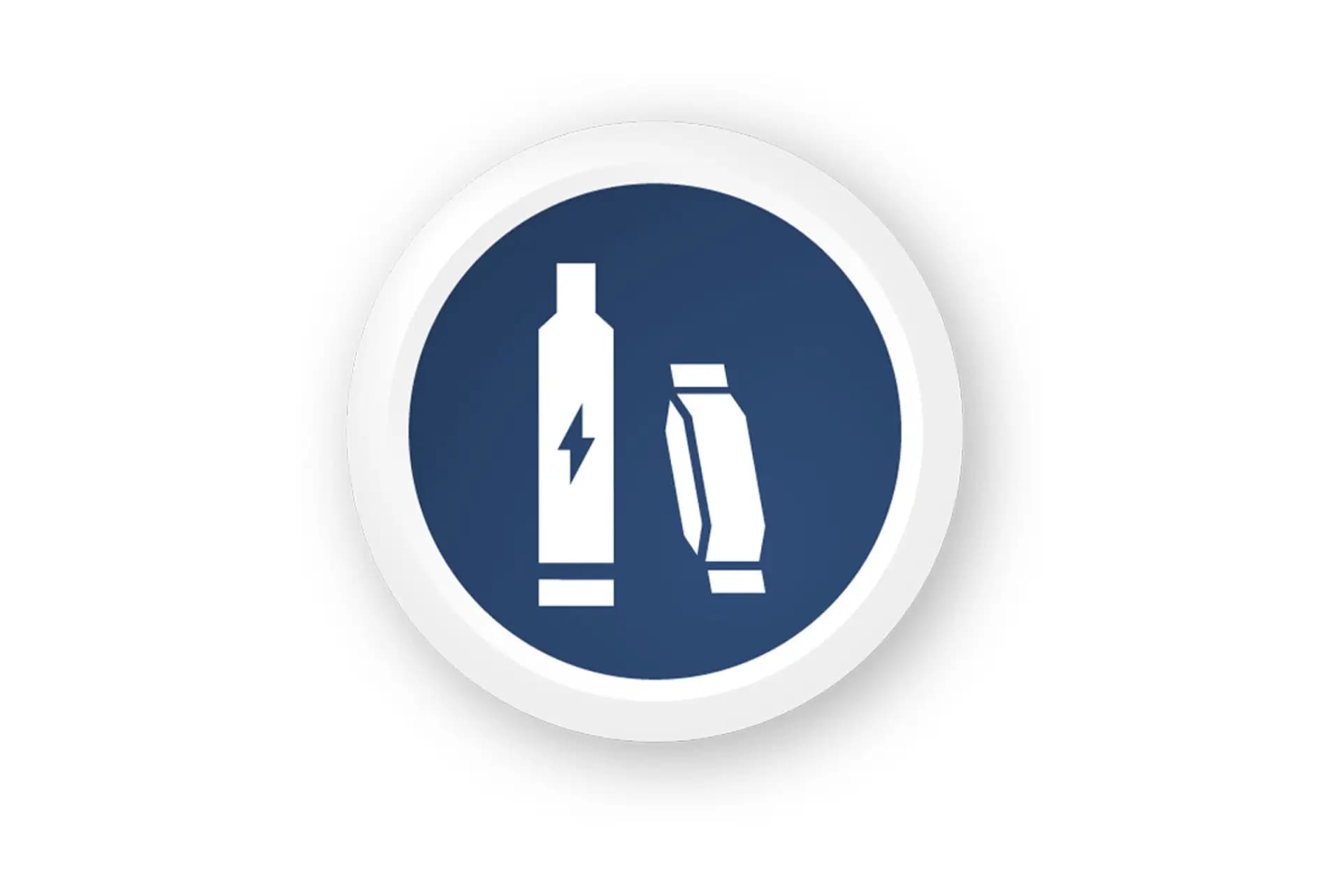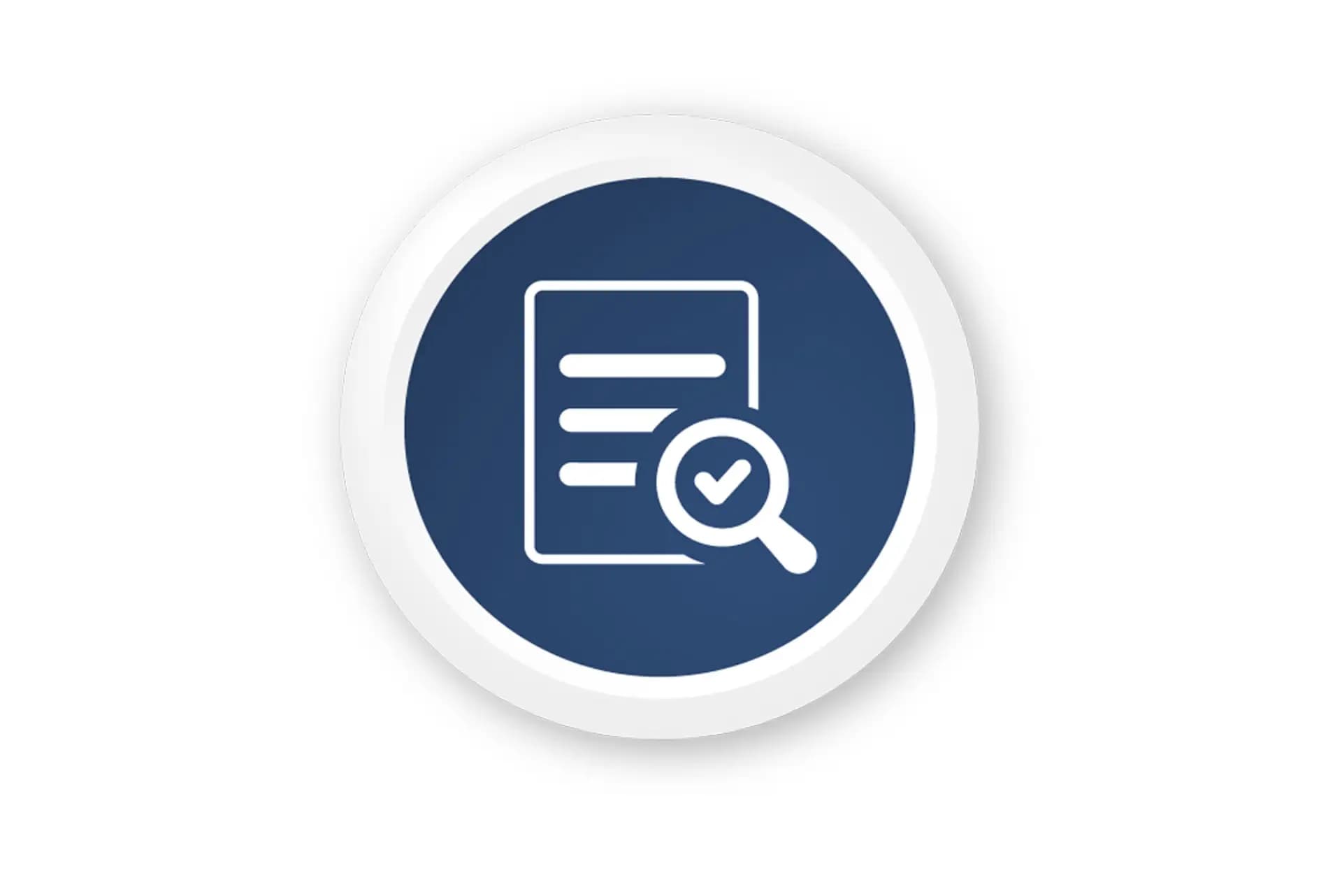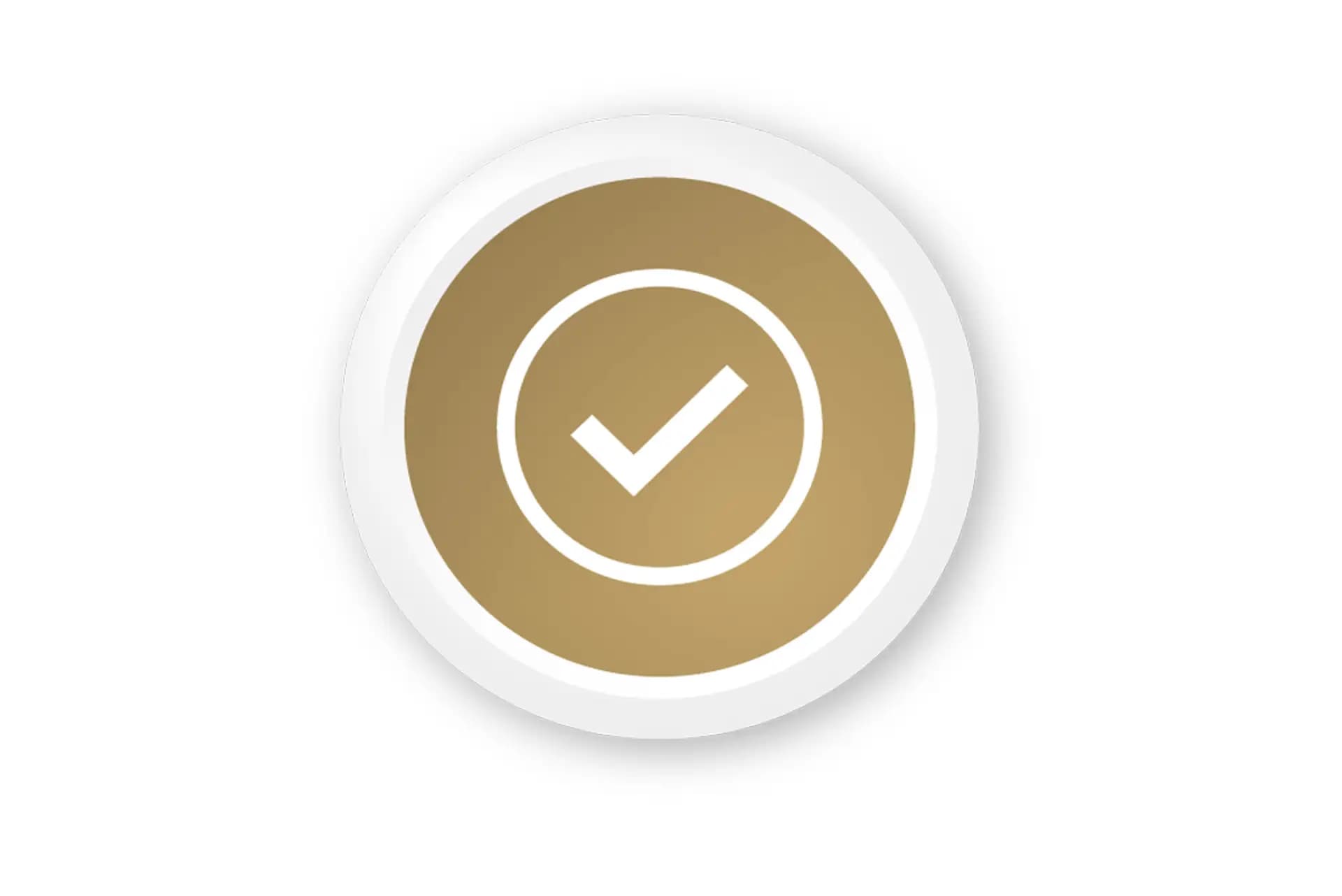How it Works
The PMTA process is comprised of five steps, from determining what to submit to obtaining a marketing order.
See the Process
1. Determining What to Submit
The PMTA process applies to any new tobacco products introduced after February 15, 2007 that are not addressed by the “Substantial Equivalence” paths. In other words, new category nicotine products – including vapor devices and liquids, modern oral nicotine pouches and lozenges and heat-not-burn products – must go through PMTA. This includes our Vuse Solo, Ciro, Vibe and Alto products. Substantial Equivalence meanwhile is reserved for products with a grandfathered version to which they can be compared, such as cigars, cigarettes or moist tobacco with flavor profiles modified from a pre-2007 version.

2. Compiling the Application
To ensure the FDA can conduct a complete evaluation, applicants must carefully compile a variety of documents and information. This includes detailed items on product chemistry, toxicology and behavioral studies to demonstrate marketing of the product is “appropriate for the protection of the public health.”
Reynolds was one of the first companies to file a PMTA application in October 2019. In preparing our Vuse application, we compiled information around a variety of product variables, including:
- Product composition, design and manufacturing process
- Product chemistry and toxicology
- Behavioral studies that demonstrate the product is appropriate for public use
- Clinical studies that look at abuse potential, product stability, aerosol properties, temperature and more.

FDA Administrative Review
Upon submission, the FDA will first examine the application to ensure it contains all the administrative information required for “acceptance” of the application. Following acceptance, the FDA will perform a preliminary scientific review to confirm that the application includes the data required under Section 910(b)(1) of the TCA. If the FDA believes the submission is complete, it will be “filed” for substantive review. Importantly, the FDA likely will perform these steps relatively quickly and could determine the application lacks sufficient information for substantive review. What this would mean for the product is unclear, but it could involve immediate removal from shelves.

4. FDA Substantive Review
During substantive review, the FDA will go through the science a manufacturer has provided and consider a variety of application variables, including:
- The risks and benefits of the product to the population as a whole
- Whether current tobacco consumers would be more or less likely to stop using such products if the applicant product were available
- Whether current non-consumers would be more or less likely to begin using tobacco products if the applicant were available
- The methods, facilities, and controls used to manufacture, process, and pack the new tobacco product
- Manufacturing site inspection to verify the accuracy of information provided in applications
As part of review, the FDA may ask follow-up questions, request additional data and information, and/or refer applications to the Tobacco Scientific Advisory Committee (TPSAC) for further discussion. Requests for additional information ensure the FDA has sufficient information to make a decision on a product, and the Agency may ask as many follow-up questions as necessary. The speed at which applicants respond to Agency questions can contribute to the length of the review period.

5. Marketing Order
The FDA will issue a “marketing order” if it finds that the product meets the Agency’s criteria for the protection of public health. A marketing order is not a final approval or a signoff from the FDA.
Under the conditions of a market order, applicants are required to establish and maintain records and regularly report findings to the FDA. These post-market surveillance reports show how the product is being used, and contribute to the Agency’s ongoing assessments of if a granted marketing order should continue, be temporarily suspended or even withdrawn.
Importantly, a marketing order does not authorize the company to communicate to the public about relative risk. Risk claims are addressed through a separate regulatory process called the Modified Risk Tobacco Product Application (“MRTPA”).

Product Excellence and Market Access
Our belief is simple: new category nicotine products, if manufactured and marketed responsibly, present a major opportunity for adult nicotine consumers seeking alternative options. We strive to develop a reputation that is built on trust and transparency and believe operating the right way and innovating at pace is possible.
Three Ways to Obtain FDA Marketing Authorization
There are three methods to obtain marketing authorization from the FDA for tobacco and nicotine products. These pathways include:
Premarket Tobacco Product Application (PMTA)
May Apply To: New tobacco products introduced after February 15, 2007.
May Include: E-Cigarettes, Heat-Not-Burn Devices, Oral Nicotine Pouches and Lozenges.
Substantial Equivalence (SE)
May Apply To: New tobacco products that have a highly similar (“predicate”) comparison product that was sold prior to Feb. 15, 2007.
May Include: Combustible Cigarettes, Cigars, Snus Pouches, Moist and Dry Snuff, Chewing Tobacco, Loose-Leaf (Pipe) Tobacco.
Exemption from Substantial Equivalence (SE Exemption)
May Apply To: New tobacco products that have been changed only by modifying the quantity of tobacco additive that was used in a highly similar (“predicate”) comparison product that was sold prior to Feb. 15, 2007.
May Include: Modified Combustible Cigarettes, Cigars, Snus Pouches, Moist and Dry Snuff, Chewing Tobacco, Loose-Leaf (Pipe) Tobacco.

